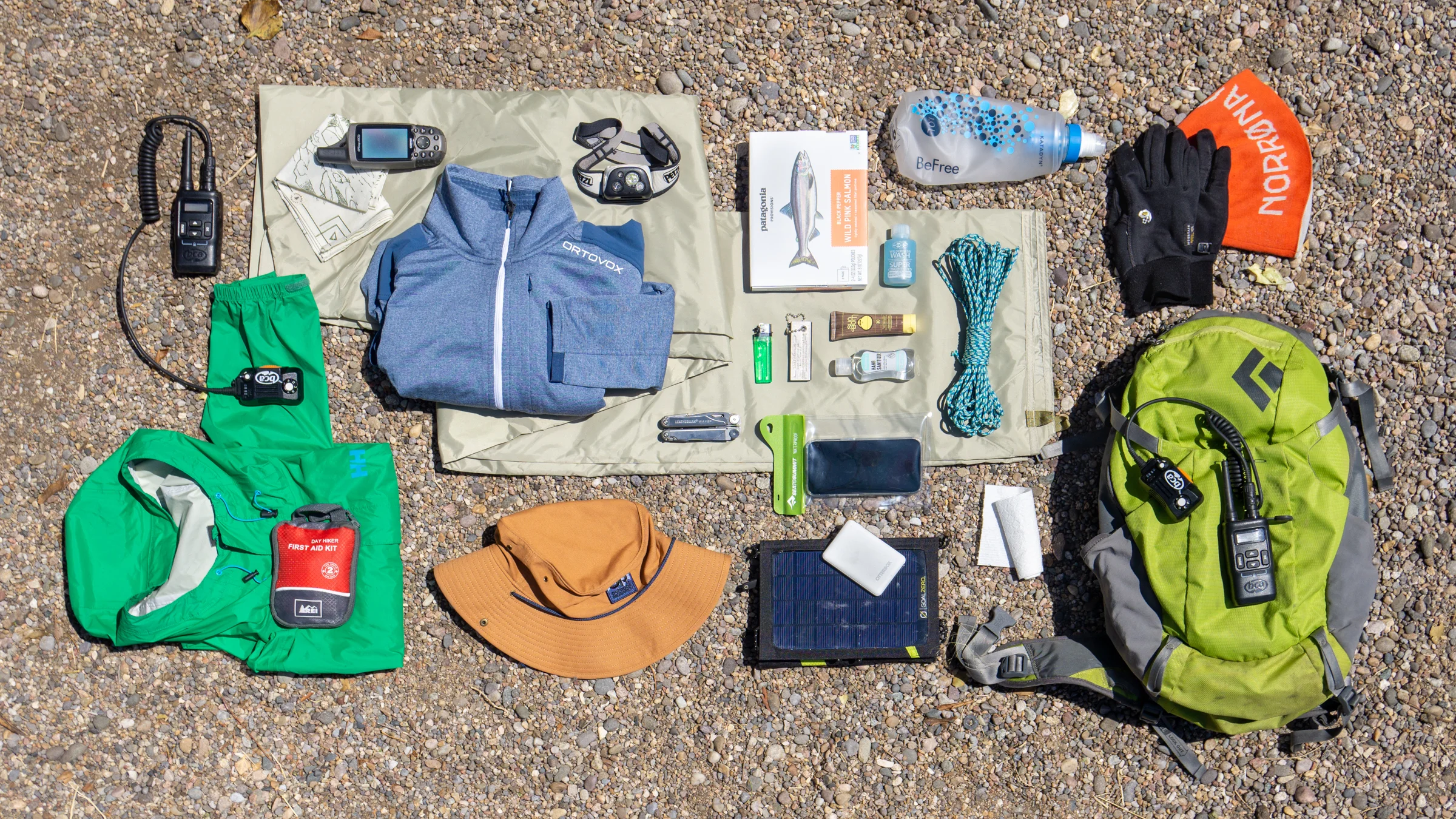Bug out – something I’ve done for so many times in my decades of preparing and facing disasters.
The term “bugging out” refers to the decision to leave your house due to an unanticipated emergency scenario, whether caused by nature or man. Now, what I’m going to share with you here is how to prepare the bag for bugging out – which is the bug out bag.
What is a Bug Out Bag?
A “bug out bag” is a pre-prepared survival kit designed to keep you going after you’ve opted to bug out in the case of an unexpected evacuation. This kit is also referred to as a 72-hour bag, a get out of dodge bag (GOOD bag), an evac bag, and a battle box. From essential gear to customizing it for your environment, I’ll share my knowledge to ensure you’re ready for whatever comes your way.
Choosing the Right Bag
Your bug-out bag is your lifeline, so don’t cut corners on its selection. Opt for a high-quality, durable backpack with ample capacity to fit all the essentials. Comfort is equally important, as you may be carrying it for extended periods.
Essential Survival Gear
Shelter and Warmth
A sturdy tent or tarp is essential for protecting you from the elements. Include a reliable sleeping bag and an emergency blanket to stay warm during chilly nights.
Food and Water
Pack non-perishable food items that provide sustenance and energy. Don’t forget water purification methods like filters and tablets, along with sturdy water containers.
Fire-Starting Tools
Fire is a survivalist’s best friend. Pack waterproof matches, lighters, and firestarter sticks or cubes to ensure you can create a blaze in any weather.
Navigation and Communication
Always carry a compass and map to stay oriented. Add a GPS device or smartphone with offline maps. Equip yourself with a whistle and signal mirror to attract attention when needed. Don’t forget a hand-crank or solar-powered emergency radio for staying informed.
First Aid and Medical Supplies
A comprehensive first aid kit is non-negotiable. Stock it with bandages, antiseptic wipes, and any necessary medications.
Multi-Tool and Utilities
A trusty Swiss Army knife or multi-tool is indispensable. Duct tape and zip ties are versatile and incredibly useful. Pack some paracord or sturdy rope for various applications.
Personal Documents and Cash
Your bug-out bag should also hold vital identification documents like passports, driver’s licenses, and birth certificates. Emergency contact information is a must, as well as a supply of cash in small denominations.
Safety and Defense Items
Protect yourself with self-defense items like pepper spray and a reliable whistle. A tactical flashlight can be a lifesaver in the dark. Don’t forget to include a multi-day supply of any necessary medications.
Customizing the Bag for Your Environment
Adapt your bug-out bag to your environment and potential challenges. Consider the climate and any region-specific factors. If you have children, elderly family members, or pets, ensure you meet their special needs too.
Regular Maintenance and Rotation
Your bug-out bag is not a “set it and forget it” affair. Regularly inspect and update its contents. Rotate perishable items to maintain their freshness and effectiveness. Check batteries and other consumables, replacing them as needed.
Practice and Training
Familiarize yourself with the bag’s contents and practice evacuation scenarios. Continuous learning and improvement are essential in honing your survival skills.
With your bug-out bag in hand, you are now better prepared for the unknown. Remember, survival is about readiness and adaptability, so as you take these steps, you’ll build confidence in your ability to face any challenge that comes your way.

